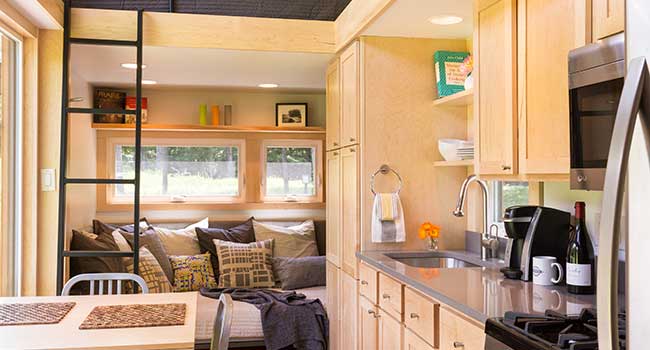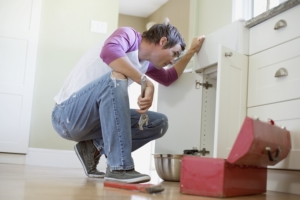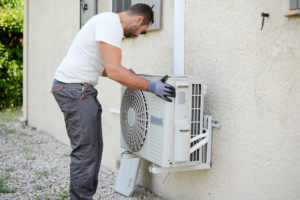They say it’s a growing trend, and it’s easy to see why. With a tiny house on wheels, you can live almost anywhere in the U.S.—theoretically—and for a small fraction of the cost of most homes. That’s a big incentive, especially when high interest rates and inflation are causing many people to stay put or delay their first-time purchase of a home; but is tiny home living good for everyone?
4 Mental Health Factors to Consider
From a mental health perspective, it would seem the answer to that question depends on the individual and how they respond to key aspects of the tiny home lifestyle. What might be freeing and invigorating for one person could have a different effect on someone else.
If you’re unsure about tiny home living and its potential impact on your mental health, it may be helpful to consider these four factors….
Small Spaces – As its name implies, a“tiny” house is a very small living space, less than 1,000 square feet and as little as 200 square feet. “Micro or minimalist living,” as it is also sometimes called, is often an intentional lifestyle choice. Those who choose it do so because they want to see the world, live off the grid, reduce their carbon footprint, save money, or escape the frustrations of civilization.
There are pros and cons to living in a small space, however. On the one hand, a tiny house is much easier to clean. That saves precious time, which can be spent with those you love and on activities you enjoy. You also gain the time and money that might otherwise go towards furnishing, equipping, and maintaining a much larger home. Life can therefore be simpler and more intentionally organized around your priorities, rather than at the whim of other distractions.
On the other hand, research has found that living in a small space can increase a person’s stress and anxiety when they perceive their home as cramped and confining. If you’re living with others in a crowded space, the correlation with mental health issues is “significant,” according to a Swedish study in 2018. Children who grow up in crowded apartments are more prone to depression, loneliness, elevated blood pressure, and poor academic performance, and parents are more stressed, lose sleep, and are less responsive to their kids, other research has found.
Downsizing and Decluttering – The transition to a tiny home will inevitably require some serious downsizing. The adjustment can be dramatic, even for those who are used to an average-sized American home (2,500 sq. ft.). “Downsizing” can also have a negative connotation for those who associate it with old age and the necessities of growing older.
To live in a tiny home also requires an ongoing practice of decluttering. This can be hard for some people, who like to collect or hold on to things. If you struggle with hoarding, an ongoing practice of decluttering could either be a radical way to manage the issue or potentially distressing or both.
Others find that decluttering improves their mental health, and the research seems largely to agree: A clean, uncluttered environment is better for working memory and overall mental health.
Affordability – Because tiny homes are typically much more affordable than other houses on the market, the financial relief and monthly savings they afford can provide more peace of mind for those on a budget. According to Dave Ramsey, eight out of 10 Americans have at least one credit card, and 48 percent of them carry outstanding credit card debt from month to month.
This debt can take a toll on mental health, as evidenced by the results of a survey by Forbes Advisor: 48% of respondents said they experienced sleep problems from debt-related stress; 40% said they had more anxiety; 38% reported a “diminished” social life; and 34% reported depression.
Living in a tiny house may reduce this financial strain and its mental health impact. In other cases, it may reinforce a person’s perceived lack of resources, when they compare their living situation to others (“the haves”). This perspective can foster a sense of helplessness, which adversely affects mental health.
Mobility
Often touted for its mobility, tiny home living certainly offers this advantage. It can be freeing and empowering for those looking for adventure, who want to explore more of the country and take their home with them. Traveling to new places and experiencing new people and new things—a “change in scenery”—is associated with higher happiness levels, a 2021 study in the journal Nature found.
At the same time, mobility has its downsides. Many people struggle with being away from home. Moving around a lot can contribute to a sense of loneliness and isolation, making stable, meaningful friendships harder to attain. While on the road, you may also be without your support network, including your doctor or psychiatrist and/or therapist. The conveniences of home, when missed, can add to the psychological burden.
Tiny home living isn’t always a ticket to better mental health, but it can be. Consideration of the above factors—as they affect you personally—may help you decide what’s best for you.




